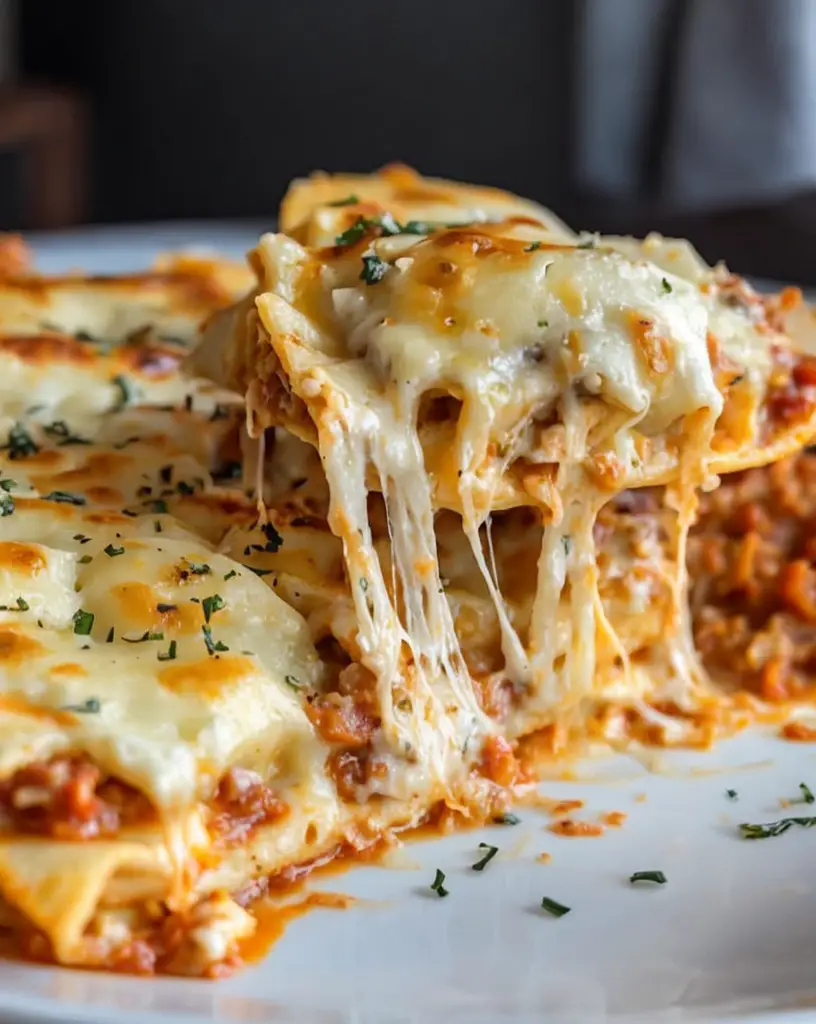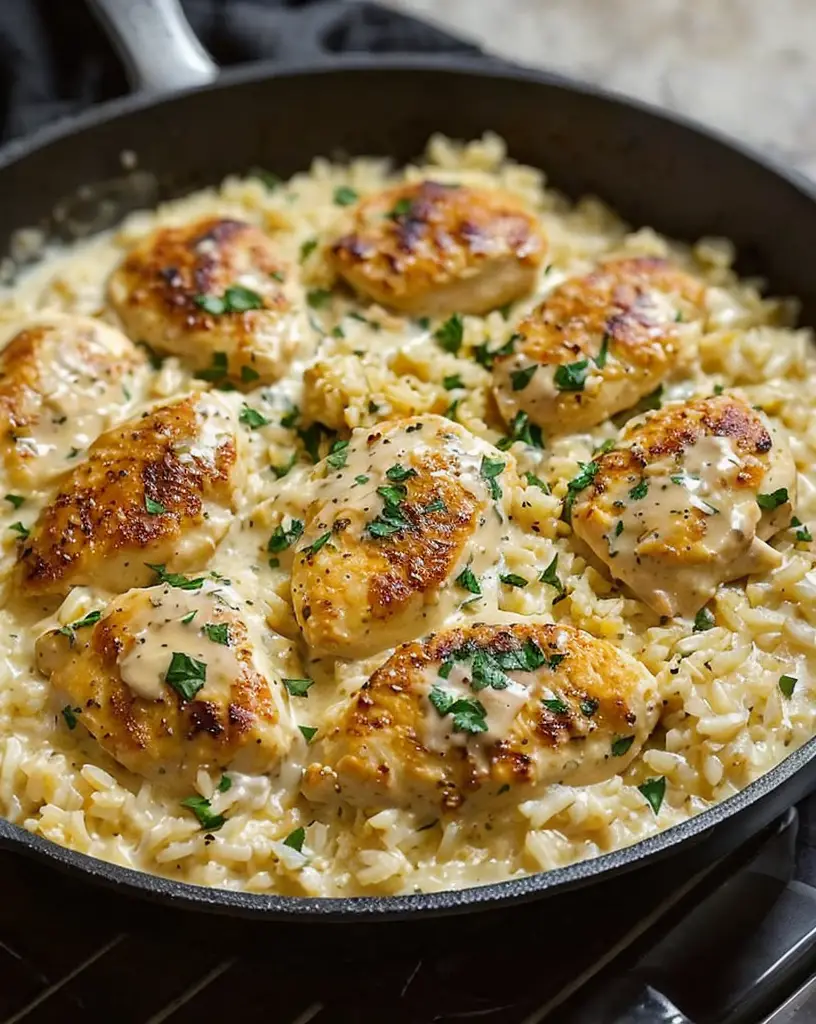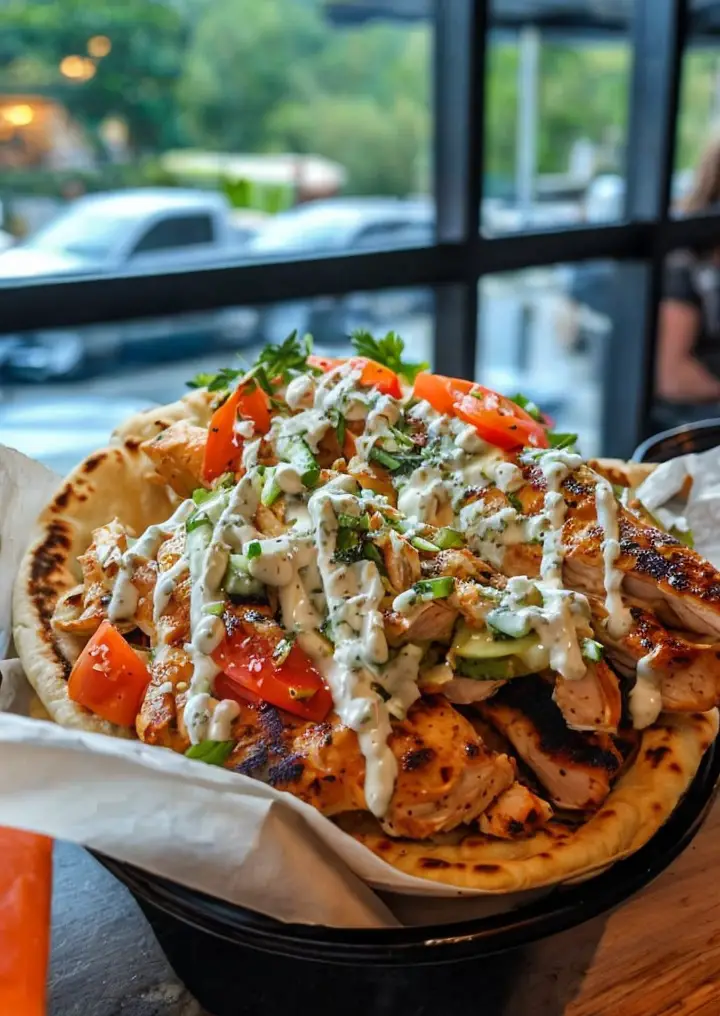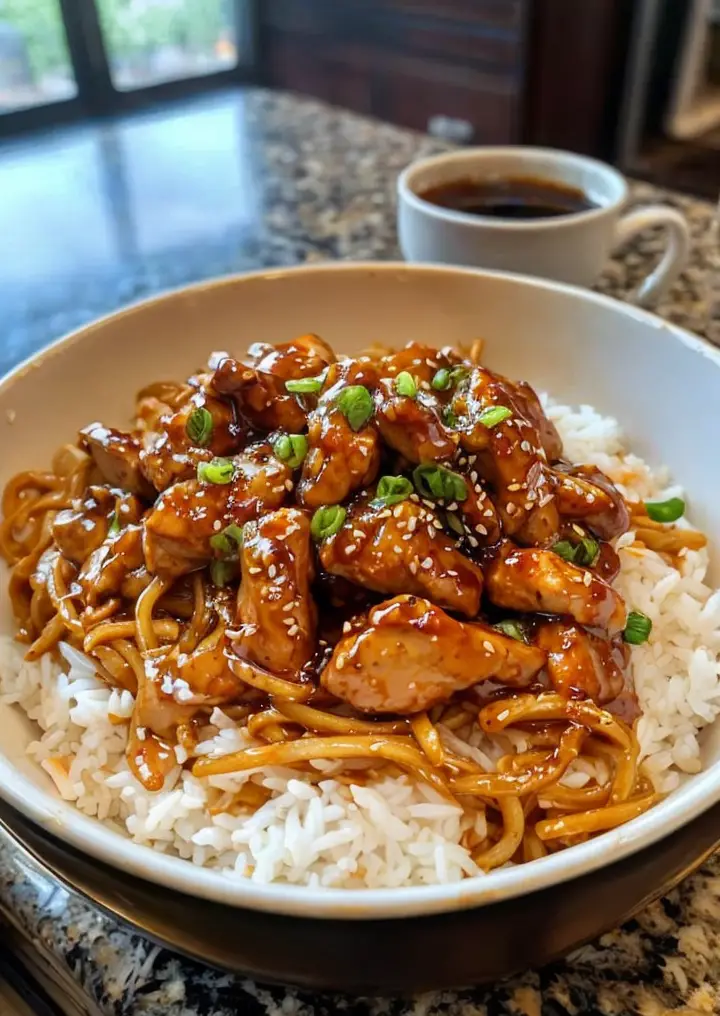Hot Fudge Brownie Bread Recipe: The Ultimate Chocolate Treat
Welcome to the world of decadent desserts, where our Hot Fudge Brownie Bread Recipe stands out as the ultimate chocolate treat! Imagine biting into a luscious, moist brownie that has taken the shape of an inviting loaf. This recipe combines the rich flavor of chocolate with gooey fudge, creating a delightful experience with every slice. Perfect for satisfying your sweet cravings, this brownie bread is not just a dessert; it’s a heartfelt indulgence you can enjoy anytime.
With its intense chocolate flavor and fudgy texture, this brownie bread is an explosion of taste and tenderness. The aroma it releases while baking fills your kitchen with a wonderful warmth, enticing everyone around. Whether you’re hosting a gathering or simply treating yourself, this Hot Fudge Brownie Bread is sure to be a crowd-pleaser!
Quick Recipe Highlights
- Flavor Profile: Rich chocolate flavor with notes of warm fudge that melt in your mouth.
- Texture: Moist and dense like a brownie yet soft enough for slicing.
- Aroma: Inviting chocolate scent with hints of vanilla that waft through the kitchen.
- Visual Appeal: Dark, chocolatey bread with a glossy fudge layer on top, perfect for presentation.
- Skill Level Needed: Intermediate; requires attention to detail for texture and baking time.
- Special Equipment: Loaf pan and mixing bowls are essential for crafting this treat.
Recipe Overview
- Difficulty Level: While this recipe is classified as intermediate due to the need for precise measurements and timing, it’s achievable for those with a little experience in baking.
- Category: Perfect as a dessert, snack, or even as a sweet breakfast item, making it versatile for any occasion.
- Cuisine: This recipe is a modern twist on classic American baking traditions that celebrate chocolate desserts.
- Cost: Generally budget-friendly, using everyday pantry items to create a brunch-worthy treat.
- Season: Great year-round, but especially appealing in fall and winter during holidays or cozy gatherings.
- Occasion: A delightful addition to birthdays, holiday celebrations, or even a cozy homemade gift for friends!
Why You’ll Love This Recipe
This Hot Fudge Brownie Bread is not just about the taste; it’s a symphony of flavors and textures that come together in each slice. The luscious velvety chocolate is complemented by a rich fudgy topping, making it a treat for chocolate lovers. Each bite provides a satisfying gooeyness, reminding you of the best brownies you’ve ever tasted, while its bread-like structure makes it perfect for those who enjoy a comforting, hearty dessert.
Convenience is another reason to love this recipe. With simple preparation steps and a straightforward baking process, you can whip this up quickly. It’s an ideal solution for last-minute gatherings or as a delightful treat anytime you crave something sweet. The delightful smell that fills your kitchen while it bakes adds to the experience, luring everyone to the table before it’s even ready!
Not only is this brownie bread delectable, but it also has some nutritional advantages. While it’s certainly a dessert, it features familiar ingredients like eggs and cocoa that contribute to its nutritional profile. It can offer a welcome balance of energy and indulgence, particularly when served in moderation as part of a well-rounded diet.
Sharing is caring, and this Hot Fudge Brownie Bread is perfect for social gatherings. Whether you’re hosting a brunch, a dinner party, or a simple get-together, everyone will appreciate the delicious offering. It’s definitely a conversation starter, as guests marvel at its rich texture and flavor while passing around the loaf for second helpings!
Finally, this recipe is cost-effective. The ingredients are typically found in any kitchen, making it easy to bake even on a budget. The outcome, a rich and satisfying dessert, is sure to please everyone without breaking the bank. With minimal investment, you get a maximum return on enjoyment!
Historical Background and Cultural Significance
The origin of brownie bread is rooted in the deep love for chocolate-based desserts in American culinary history. Traditionally, brownies evolved from the desire to mix the qualities of a cake and a cookie. Over the years, bakers have tinkered with the delightful dessert, giving rise to variations like brownie bread. Such developments celebrate the shared love for chocolate across various cultures, particularly in America where dessert creativity knows no bounds.
Culturally, bread and baking have brought families together for generations. This Hot Fudge Brownie Bread reflects the idea of comfort food, offering warmth and joy. Sharing such treats at family gatherings or festive events highlights the integral role that desserts play in creating cherished memories with loved ones.
The evolution of the recipe over the years boasts numerous iterations, introducing healthier alternatives and creative blends with fruits and nuts. These adaptations show how the core love for chocolate treats remains strong, yet flexible to accommodate varying dietary preferences and innovations in cooking.
Regional variations within the United States have also showcased different interpretations of brownie bread. From variations that include nuts to those with a cream cheese swirl, each version tells a story unique to its region, celebrating local flavors and ingredients that elevate the traditional recipe.
Ingredient Deep Dive
Chocolate: Without question, chocolate is the star here. It has a deep-rooted history, originating from cacao plants, revered for their rich and bold flavor. Nutritionally, it is high in antioxidants, providing benefits such as improved heart health. When selecting chocolate for this recipe, opt for high-quality dark chocolate for depth of flavor. Store chocolate in a cool, dark place and consider substitutions like cocoa powder if needed.
Sugar: Essential in balancing the bitterness of chocolate and enriching the bread’s sweetness, sugar also adds to its moistness. Historically, sugar has played a significant role in dessert-making, transforming flavors through its ability to caramelize and provide depth. For healthier alternatives, consider coconut sugar or honey, but be mindful of the liquid ratios. Always store sugar in a sealed container to keep it fresh and free from moisture.
Common Mistakes to Avoid
- Overmixing the batter: This can lead to dense bread. Mix until just combined.
- Using low-quality chocolate: The flavor greatly depends on the quality of chocolate used. Choose high-quality chocolate for the best results.
- Not measuring ingredients accurately: Baking is a science, so weigh and measure for success.
- Opening the oven door too soon: This can cause the bread to deflate. Wait until the minimum baking time has passed.
- Not letting it cool before slicing: Cutting too soon can lead to messy servings; let it set for at least 10 minutes.
- Baking at the wrong temperature: Ensure your oven is calibrated accurately as too high or low can affect baking times.
- Using a non-stick pan without greasing: This can lead to sticking. Always prep your pan accordingly.
- Skipping the ganache topping: The fudge layer is what makes this bread truly special; don’t skip it!
- Not giving the bread enough time to bake: If it still seems wet, it likely needs more time in the oven. Check with a skewer.
- Using expired ingredients: Always check the expiration dates, especially for baking powder and baking soda.
Essential Techniques
Mixing the Batter: This is crucial for achieving the perfect texture. Mixing too much activates gluten, leading to a chewy result instead of delightful fudgy bread. To master this, mix your dry ingredients first before combining with wet, and stir until just combined. Look for a few lumps remaining in the batter for the best outcome.
Temperature Control: Understanding your oven’s temperature is vital. Baking at the right temperature ensures even cooking and a good rise. Use an oven thermometer to check accuracy and avoid cool or hot spots, which can lead to uneven baking and undesirable textures.
Pro Tips for Perfect Hot Fudge Brownie Bread
1. Invest in high-quality chocolate for a deeply satisfying flavor.
2. Experiment with different add-ins like nuts or chocolate chips for texture variety.
3. Allow the bread to cool completely before slicing to maintain structure.
4. Enhance flavors with a pinch of espresso powder, elevating chocolate intensity.
5. Serve warm, with a scoop of ice cream on the side for an unforgettable dessert experience.
6. Use a serrated knife to slice the bread cleanly without tearing.
7. Wrap leftovers tightly to retain moisture and flavor for days.
8. Get creative with toppings; consider drizzling caramel or dusting powdered sugar for added flair.
Variations and Adaptations
Regional variations of brownie bread can include different nuts like walnuts or pecans for added crunch. Seasonal adaptations could incorporate spices like pumpkin spice in the fall, shifting the flavor profile appropriately. For dietary modifications, consider making the recipe gluten-free using almond flour and dairy-free chocolate to cater to those with allergies. Experimenting with texture modifications, such as incorporating a swirl of peanut butter or cheesecake, can bring new layers of flavor to this classic treat.
Serving and Presentation Guide
Presenting your Hot Fudge Brownie Bread can be as delightful as eating it! Utilize a wooden cutting board as your backdrop and slice the bread neatly. Sprinkle with powdered sugar or arrange dark chocolate shavings on top for a professional touch. Serve with a scoop of vanilla ice cream or a drizzle of chocolate syrup to enhance its irresistible appeal. Consider serving it warm, as the fudge topping will slightly melt, creating a gooey experience that’s hard to resist!
Wine and Beverage Pairing
For a delightful pairing, rich red wines, such as Cabernet Sauvignon or Merlot, complement the chocolate flavors beautifully. If you desire non-alcoholic options, consider serving it with a bold coffee or a decadent hot chocolate for an indulgent experience. For tea lovers, a strong chai or peppermint tea creates a flavor contrast that balances the sweetness of the bread, making for a perfect afternoon treat.
Storage and Shelf Life
This Hot Fudge Brownie Bread can be stored in an airtight container for up to five days at room temperature. For longer shelf life, consider freezing slices individually wrapped in plastic wrap, followed by aluminum foil, for up to 3 months. When reheating, simply warm it in the oven or microwave for a few seconds to regain that soft texture. Always check for signs of spoilage, such as sour smells or visible mold, before consuming.
Make Ahead Strategies
To save time, prepare the batter and store it in the refrigerator for up to 24 hours; just remember to bring it to room temperature before baking. You can also bake it ahead of time and freeze the entire loaf — simply slice it before freezing for easy access. This allows for fresh-baked treats any time of the week, especially when entertaining guests unexpectedly, ensuring you always have a delicious offering on hand!
Scaling Instructions
If you need to halve or double this Hot Fudge Brownie Bread recipe, adjust your ingredient amounts accordingly while keeping an eye on baking times. For a smaller loaf, use a smaller pan, which will speed up the cooking time. Conversely, if tripling the recipe, consider using multiple loaf pans or a larger oven-safe dish to ensure even baking. Maintain the cooking temperature but make sure to test for doneness, adjusting times as needed.
Nutritional Deep Dive
This Hot Fudge Brownie Bread, while a treat, can still be appreciated for its nutritional content. Each slice contains essential nutrients from chocolate and eggs. With a higher caloric count due to sugar and chocolate, it’s suited for a moderate indulgence rather than excess. Understanding the macro breakdown of fats, carbohydrates, and proteins in chocolate can help you make informed choices regarding portion sizes, especially for those watching dietary intake.
Dietary Adaptations
To make this treat gluten-free, substituting regular flour for almond flour or coconut flour can yield a delightful result. For a dairy-free version, use plant-based butter and dark chocolate with no dairy. Vegan adaptations can be achieved by replacing eggs with flax eggs and ensuring all other ingredients are plant-based. With these simple modifications, anyone can enjoy this decadent chocolate delight regardless of dietary needs!
Troubleshooting Guide
Texture issues like overly dry bread can stem from overbaking, while too gooey bread indicates underbaking. Ensure you’re using the correct baking time and an accurate oven temperature for the best results. If there are flavor imbalances, revisiting sugar levels and chocolate quality can help; those elements define the bread’s core taste. Timing concerns, about baking or cooling, can easily be fixed with practice and patience, learning the visual cues that indicate doneness.
Recipe Success Stories
Community feedback highlights how this Hot Fudge Brownie Bread has been a crowd-pleaser with many praising its rich chocolate flavor. Some readers have shared their adaptations, including variations with peanut butter or crunchy hazelnuts, presenting incredible results. The combination of traditional recipes with personal touches showcases the versatility of this bread, keeping it exciting. Sharing cooking photography tips also offers inspiration for presenting this bread beautifully, making it an eye-catching addition to any dessert table.
Frequently Asked Questions
Can I make this recipe gluten-free? Yes, simply substitute regular all-purpose flour with a gluten-free flour blend or almond flour to enjoy this treat without gluten.
How should I store leftover brownie bread? Keep it in an airtight container at room temperature for up to five days, or freeze it for longer storage.
Can I freeze brownie bread? Absolutely! Wrap individual slices in plastic wrap and foil, then place them in a freezer bag for up to three months.
What if my brownie bread is undercooked? If it seems too wet in the center, return it to the oven for a few additional minutes and keep checking for doneness.
How do I know when my brownie bread is done baking? Insert a toothpick in the center; it should come out with a few moist crumbs but not wet batter.
Can I add nuts to the brownie bread? Yes! Add in chopped nuts like walnuts or pecans for added texture and flavor.
Is it necessary to add the ganache topping? While the brownie bread is delicious on its own, the ganache adds an extra layer of fudgy richness that makes it irresistible!
How can I make this recipe vegan? Substitute the eggs with flaxseed meal mixed with water, and ensure you use plant-based butter and vegan chocolate.
Can I use cocoa powder instead of chocolate? While using cocoa powder is an option, the taste and texture will differ; consider using a combination of cocoa powder and vegetable oil.
What beverage pairs well with brownie bread? A rich red wine or a cup of coffee enhances the chocolate flavors beautifully.
How long does it take to make this brownie bread? The total time from start to finish is about 45 minutes, including preparation and baking!
Additional Resources
For those interested in expanding their baking repertoire, consider exploring related recipes such as chocolate chip cookies or fudge brownies. It’s also useful to review technique guides on melting chocolate or baking essentials to enhance your skills. Dive deeper into ingredient information to better understand chocolate’s various forms and how they influence flavor. Lastly, equipping your kitchen with the right baking equipment will streamline your process, contributing to better baking outcomes!
Join the Conversation
We love hearing about your baking experiences! Share your Hot Fudge Brownie Bread creations on social media with us. Photography tips, variations you’ve tried, and recipe reviews add to our community’s knowledge and joy. Engage with fellow bakers to discover new ideas or share your thoughts on this delightful recipe, fostering an environment where everyone is encouraged to experiment and have fun in the kitchen.
The Recipe
Hot Fudge Brownie Bread
Serves: 8
Prep Time: 15 mins
Cook Time: 30 mins
Total Time: 45 mins
Kitchen Equipment Needed
- Loaf Pan
- Mixing Bowl
- Measuring Cups and Spoons
- Spatula
- Offset Knife for Frosting
Ingredients
- 1 cup dark chocolate chips
- 1/2 cup unsalted butter
- 1 cup all-purpose flour
- 1 cup granulated sugar
- 1/2 cup brown sugar
- 3 large eggs
- 1/2 cup unsweetened cocoa powder
- 1 teaspoon vanilla extract
- 1/4 teaspoon salt
- 1/2 cup hot fudge sauce for topping
Directions
- Preheat your oven to 350°F (175°C) and grease a loaf pan.
- Melt the butter and dark chocolate together in a mixing bowl over simmering water.
- Remove from heat and stir in granulated sugar and brown sugar until fully combined.
- Add eggs one at a time, mixing well after each addition, followed by the vanilla extract.
- In another bowl, whisk flour, cocoa powder, and salt together. Gradually fold into the wet mixture.
- Pour the batter into the prepared loaf pan and spread evenly.
- Bake for 25-30 minutes. Use a toothpick to check for doneness.
- Once baked, let it cool for 10 minutes before removing from the pan.
- Drizzle hot fudge sauce on top before serving.
Recipe Notes
- You can store leftover brownie bread tightly wrapped at room temperature for up to five days.
- If you wish, you may incorporate chopped nuts or chocolate chips into the batter.
- For a richer chocolate flavor, increase the amount of cocoa powder slightly.




